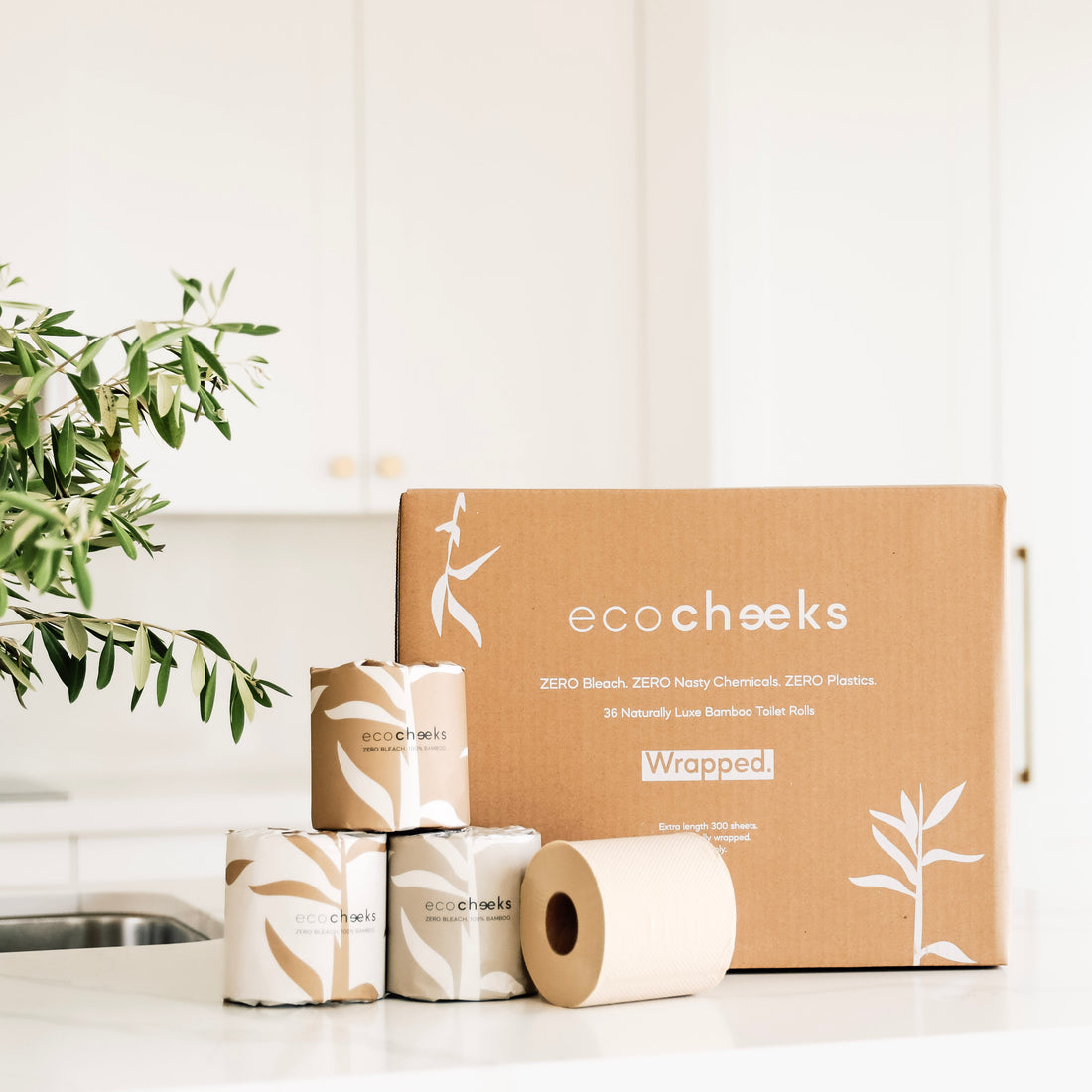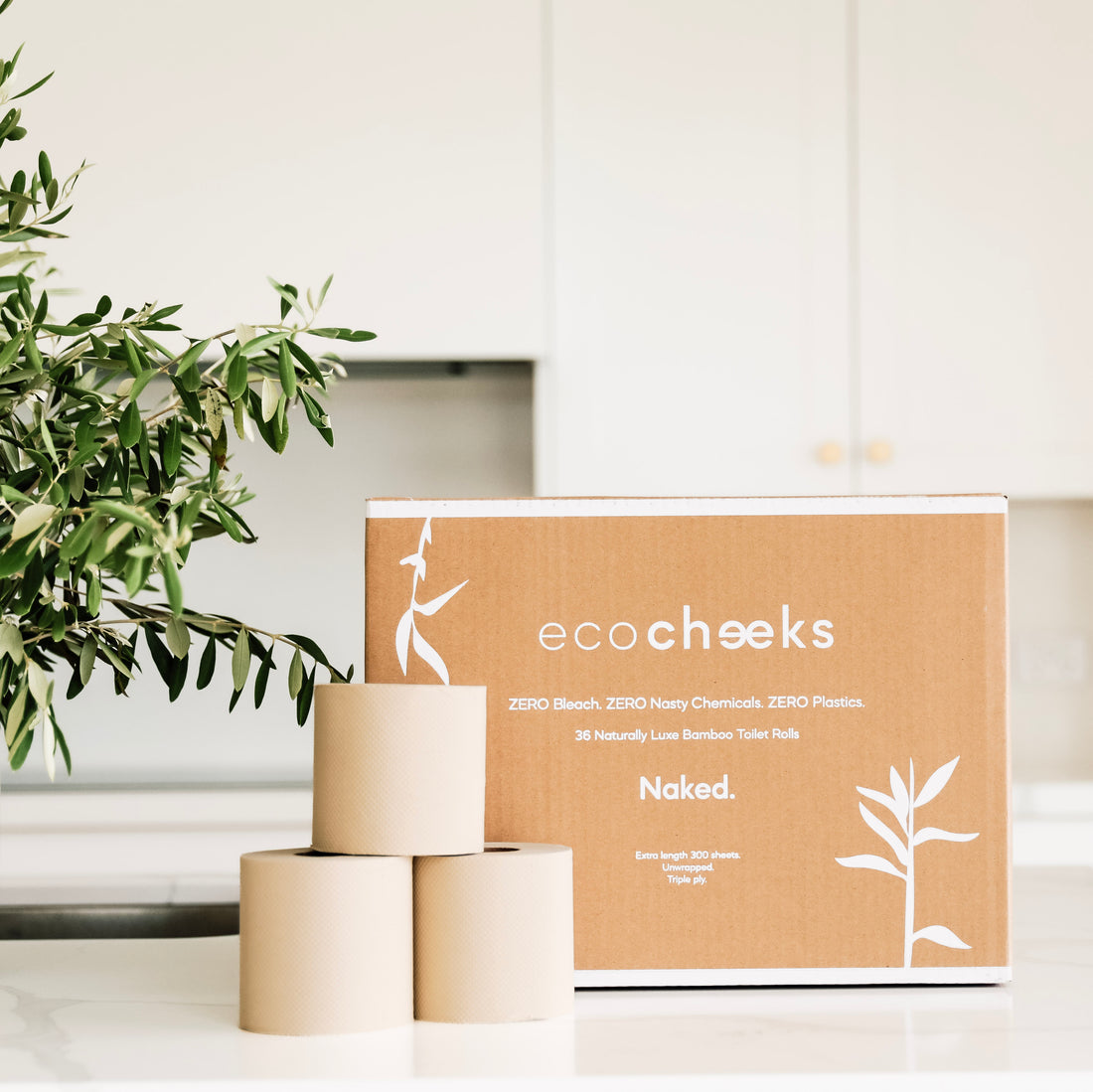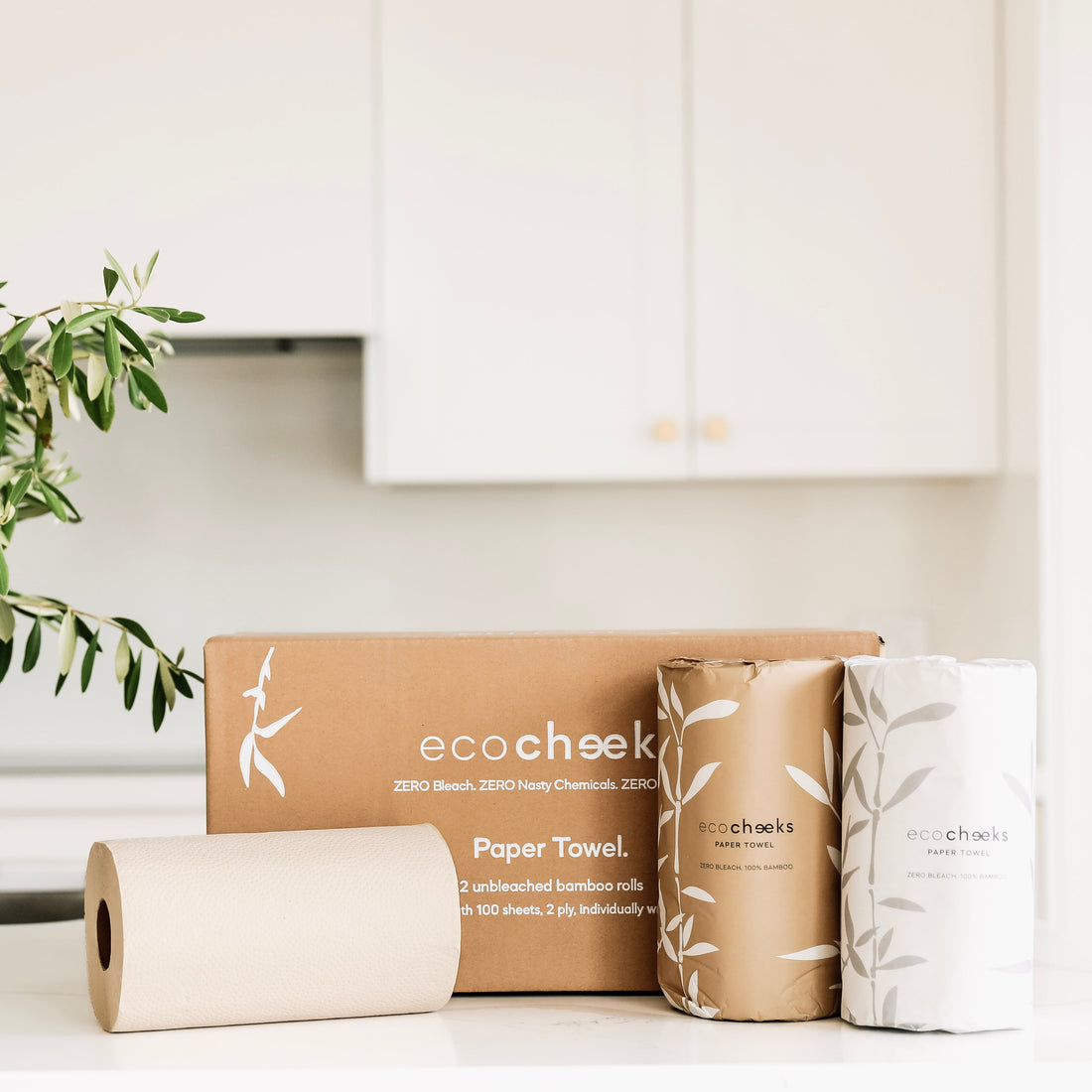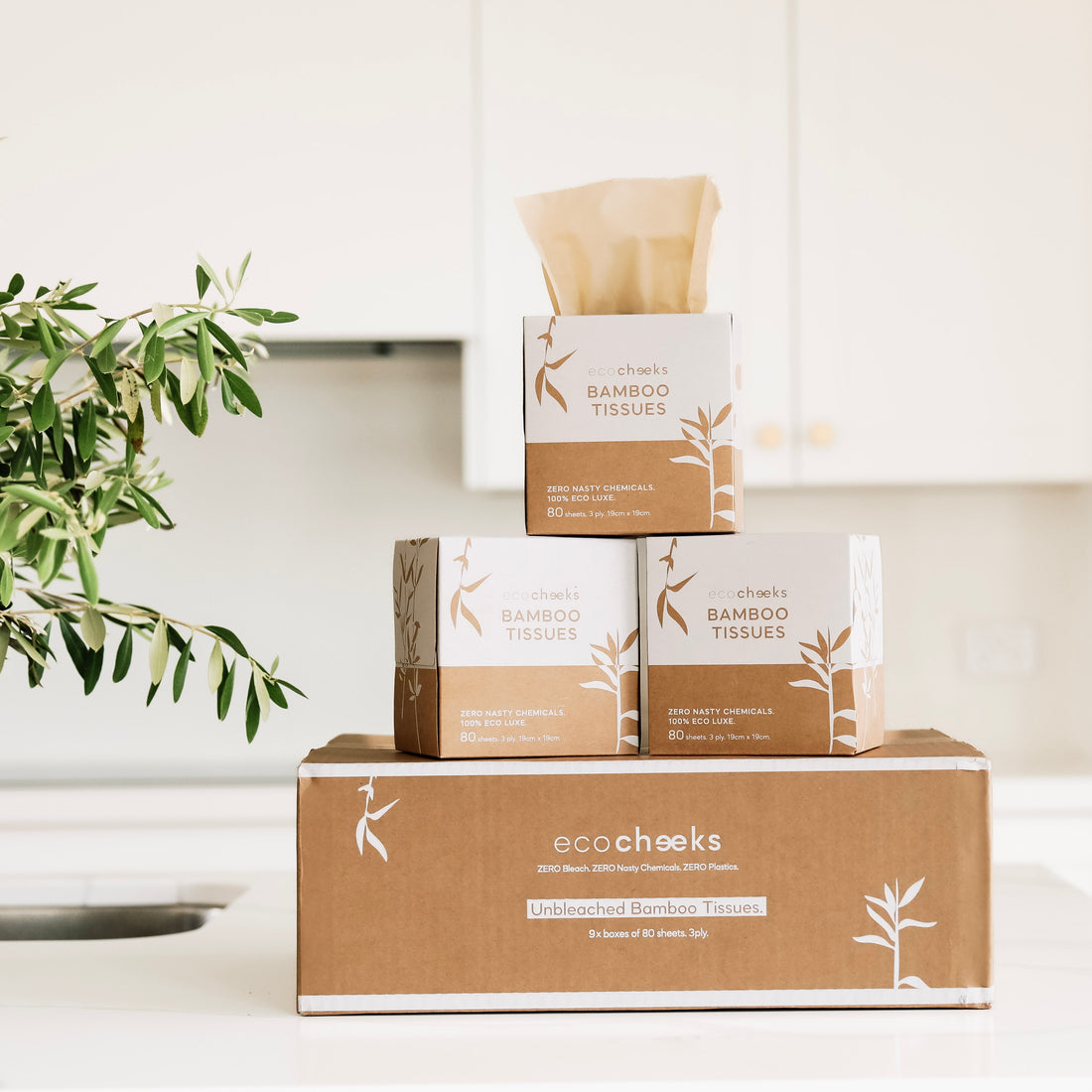A home should be more than just a place to live. It should be comfortable, efficient, and kind to the planet. Sustainable home design is making that easier than ever, proving that you don’t have to choose between style, comfort, and eco-friendliness.
With smarter design, better materials, and a little help from technology, modern homes are working with nature instead of against it. Let’s explore how sustainable home design is shaping the future of our homes.
Passive Design: Let Nature Do the Hard Work
One of the simplest and most effective ways to make a home more sustainable is by working with nature instead of against it. Passive solar design maximises natural heating and cooling by focusing on the home’s orientation, window placement, and shading. This reduces the need for artificial heating and cooling, making the home more energy-efficient.

Here is how smart design can make a difference:
-
North-facing windows allow for maximum winter sunlight. In Australia, this keeps the home naturally warm while reducing exposure to harsh summer heat.
-
South-facing windows receive minimal direct sunlight, making them ideal for cooler, shaded areas such as laundries or storage spaces.
-
East-facing windows bring in the morning sunlight, which is perfect for bright and warm breakfast areas.
-
West-facing windows let in intense afternoon heat, so keeping them small or shading them with awnings, trees, or external blinds can help maintain a comfortable indoor temperature.
But passive design is about more than just window placement. Insulation, ventilation, and thermal mass (materials that absorb and store heat) all play a role in keeping a home naturally cool in summer and warm in winter.
Getting these elements right means using less energy for heating and cooling, which translates to lower electricity bills and a more comfortable home—without lifting a finger.
Eco-Friendly Materials: Sustainable and Stylish
Sustainable modern home designs are not only about energy efficiency but also about choosing materials with a lower environmental impact. Traditional building materials often require large amounts of energy to produce and contribute to deforestation, pollution, and waste. Fortunately, there are plenty of eco-friendly alternatives that are just as durable and aesthetically appealing.
Some of the best sustainable home building materials include:
-
Recycled timber, which reduces deforestation, repurposes high-quality wood, and adds character to any space.
-
Bamboo, a fast-growing and highly renewable resource that is stronger than some steel alloys.
-
Cork cladding, which is lightweight, fire-resistant, naturally insulating, and sourced from rapidly renewable material.
-
Recycled bricks and concrete, which help reduce construction waste while adding a unique, textured look to homes.
-
Low-VOC paints and finishes, which improve indoor air quality by reducing exposure to toxic chemicals.
By choosing sustainable home building materials, homeowners aren’t just reducing their environmental impact. They’re creating healthier living spaces that are built to stand the test of time.
Smart Homes: Technology Meets Sustainability
Sustainability is not only about materials and design. Technology also plays a crucial role in making homes more energy-efficient and convenient. Smart home systems reduce energy waste by automating heating, cooling, lighting, and water use, helping homeowners optimise efficiency without sacrificing comfort.

Some of the best smart home upgrades for sustainability include:
-
Smart thermostats that learn daily routines and adjust the temperature automatically to conserve energy.
-
Solar panels with battery storage that generate and store renewable energy, reducing reliance on the grid.
-
Water-saving technology, such as smart irrigation systems and low-flow fixtures, which help conserve water without reducing performance.
-
Energy-efficient appliances, which consume less electricity, lower energy bills, and often come with rebates as an added bonus.
By integrating smart home technology, homeowners can significantly cut energy costs while also reducing their environmental impact.
Sustainable Homes in Action
Across the world, homeowners and architects are pushing the boundaries of sustainable home design. Here are a few standout examples:
-
Villa Noon in Spain is a luxury villa designed to produce zero emissions, showing that sustainability and high-end living can go together.
-
Casa Semienterrada in Spain is a semi-buried home that blends into the landscape, featuring a green roof and natural cooling systems.
-
ImPossible House in Australia is a former Sydney heritage home that has been transformed into an off-grid sanctuary. The house includes solar panels, a rainwater harvesting system, and an incinerating toilet.
These homes prove that when innovation meets sustainability, green homes can be functional, beautiful, and practical.
The Future of Home Design is Sustainable
A well-designed home should do more than just look good. It should be functional, efficient, and built with the future in mind. Sustainable home design tick all those boxes while offering lower running costs, a healthier living environment, and a lighter footprint on the planet.

Whether you’re building from scratch, renovating, or making small eco-friendly upgrades, every step toward a greener home is a step toward a better future.
Sustainability isn’t just about saving the planet. It’s about creating homes that work smarter, last longer, and feel better to live in.








